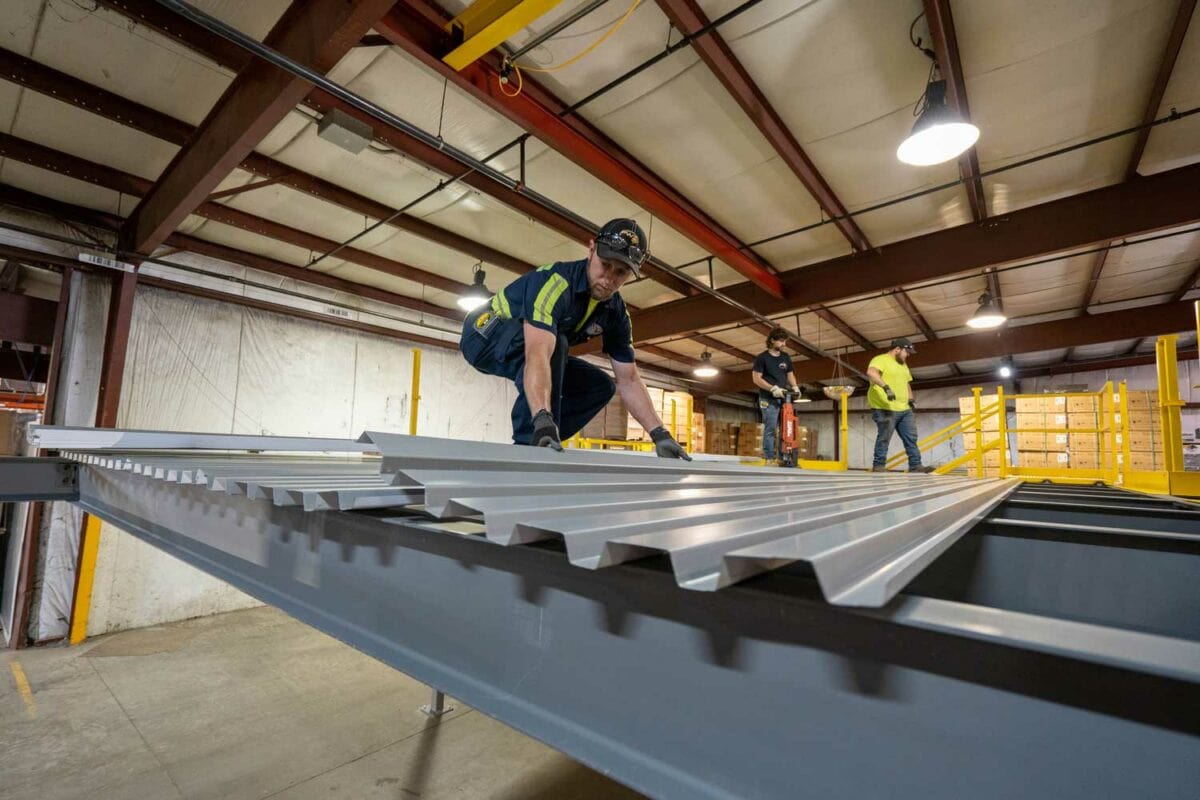Trapezoidal Roofing Panel Production Machine for Efficient Metal Forming Solutions
Understanding the Trapezoidal Roofing Roll Forming Machine
In the world of construction and structural design, the choice of materials and manufacturing processes plays a crucial role in ensuring durability, cost-efficiency, and architectural aesthetics. Among the various options available, trapezoidal roofing has gained significant popularity due to its unique shape and features. Central to the production of trapezoidal roofing sheets is the trapezoidal roofing roll forming machine. This article delves into its functionality, advantages, applications, and the technology that underpins this essential equipment.
What is a Trapezoidal Roofing Roll Forming Machine?
A trapezoidal roofing roll forming machine is a specialized piece of equipment designed to manufacture trapezoidal metal sheets from flat coils of metal, typically steel. The process utilizes cold forming technology, which involves passing the metal through a series of rollers that gradually shape the material into the desired trapezoidal profile. This type of roofing is characterized by its trapezoidal ridges, which enhance structural integrity and allow for effective water drainage.
How Does the Machine Work?
The operation of a trapezoidal roofing roll forming machine can be divided into several key stages
1. Material Feeding The process begins with feeding the metal coil into the machine. The coil is unwound and straightened to prepare it for shaping.
2. Roll Forming As the metal sheet passes through various rollers, it is progressively shaped into a trapezoidal profile. The design of the rollers dictates the final profile of the roofing sheet.
3. Cutting After the desired length of sheet has been formed, the machine will cut the sheet to the required dimensions using a hydraulic, pneumatic, or mechanical cutter.
4. Stacking The finished trapezoidal sheets are then neatly stacked for easy transport and installation.
Advantages of Trapezoidal Roofing
The use of trapezoidal roofing offers several benefits
- Strength and Durability Trapezoidal profiles possess inherent structural strength, making them ideal for various building applications, including warehouses, factories, and residential buildings
.- Cost-Effectiveness The efficient roll forming process minimizes material waste and labor costs, providing an economical roofing solution.
trapezoidal roofing roll forming machine

- Aesthetic Appeal The contemporary design of trapezoidal roofing can enhance the visual appeal of a building, providing versatility for architects and designers.
- Weather Resistance Trapezoidal roofing is particularly effective at shedding water and resisting various weather conditions, making it a reliable choice for many environments.
- Easy Installation The light weight of the trapezoidal sheets facilitates easy handling and installation, reducing labor time and associated costs.
Applications of Trapezoidal Roofing
Trapezoidal roofing sheets are widely used across different sectors, including
- Industrial Buildings Factories and warehouses favor trapezoidal roofs for their structural benefits and spacious interiors.
- Agricultural Structures Barns and storage facilities benefit from the water-shedding capabilities of trapezoidal roofs, which help protect stored goods.
- Commercial Buildings Retail stores and office buildings often employ trapezoidal roofing for aesthetic and functional reasons.
- Residential Projects Modern homes may also feature trapezoidal roofing to achieve a unique architectural style.
Technology and Innovations
Modern trapezoidal roofing roll forming machines integrate advanced technologies to enhance efficiency, precision, and automation. Features such as computer numerical control (CNC) systems allow for better management of the production process, while servo motors improve speed and accuracy in forming and cutting.
Moreover, manufacturers continuously innovate to develop machines that will support various materials, including galvanized steel, aluminum, and even environmentally friendly options like recycled metals. Energy-efficient designs are becoming increasingly common, ensuring that production processes are sustainable.
Conclusion
The trapezoidal roofing roll forming machine is a vital tool in the construction and manufacturing industry, enabling the efficient production of durable and aesthetically pleasing roofing sheets. With its numerous advantages and broad applications, it continues to be a preferred choice for builders and designers alike. As technology evolves, these machines will likely become even more efficient, paving the way for innovative roofing solutions in the future.
-
Roof Panel Machines: Buying Guide, Types, and PricingNewsJul.04, 2025
-
Purlin Machines: Types, Features, and Pricing GuideNewsJul.04, 2025
-
Metal Embossing Machines: Types, Applications, and Buying GuideNewsJul.04, 2025
-
Gutter Machines: Features, Types, and Cost BreakdownNewsJul.04, 2025
-
Cut to Length Line: Overview, Equipment, and Buying GuideNewsJul.04, 2025
-
Auto Stacker: Features, Applications, and Cost BreakdownNewsJul.04, 2025
-
Top Drywall Profile Machine Models for SaleNewsJun.05, 2025








